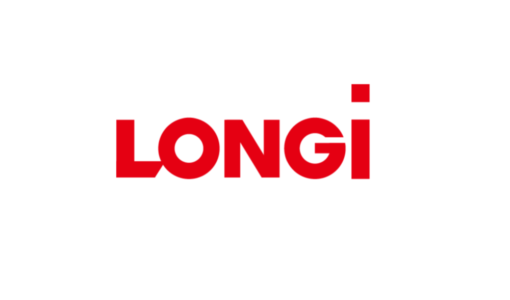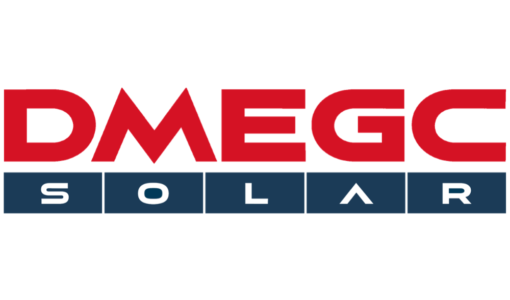- Australia had more than 14.5 GW of large-scale renewable energy capacity under construction or financially committed at the end of 2018, according to 2019 report of CEC
- Most of these projects are large-scale solar farms with over 5 MW capacity; Queensland saw 14 new solar farms coming online last year
- Rooftop solar capacity of the country surpassed 8.1 GW with 2018 adding 1.55 GW to the total; every minute, 6 solar panels were installed across Australia in 2018
- Even as the country looks set to achieve the RET 2020 target of 33,000 GWh of clean energy capacity well ahead of schedule, the report calls for a federal policy to drive the growth of this industry forward
At the end of 2018, Australia had over 14.5 GW large-scale renewable energy capacity either under construction or financially committed in the form of 87 projects, increasing from 5.6 GW in 2017. This included 59 large-scale solar projects with 34% of these in Queensland alone. As of March 15, 2019, the number went up to 14.84 GW.
These large-scale renewable energy projects represent a 100% increase in investment on an annual basis from over AUD 10 billion ($7 million) in 2017 to more than AUD 20 billion ($14 million) in 2018, according to the Clean Energy Council’s (CEC) Clean Energy Australia Report 2019. It said the country will easily meet the Renewable Energy Target (RET) of 33,000 GWh of clean energy well ahead of its 2020 schedule.
Queensland leads
Queensland was the ‘construction capital of Australia in 2018’ as 17 large-scale renewable energy projects out of 38 completed in Australia last year, were in that state. Last year, 14 new solar farms were commissioned in Queensland.
Renewables electricity generation accounted for 21% of the total power generation in 2018. Cumulative installed large-scale solar power capacity of the country at the end of 2018 was 1,824 MW.
“The cost of new wind and solar – even when backed by storage – is now lower than the cost of new coal generation, meaning that wholesale prices should continue to fall as more clean energy comes online,” said CEC Chief Executive Kane Thornton. “The real cherry on top is that Australia as a nation produced enough renewable energy in 2018 to power every household in the country,” added Thornton.
On an average, more than 2 large-scale solar farms with over 5 MW capacity were commissioned each month in 2018, adding 1,442 MW of new capacity. The reports calls the 150 MW Coleambally Solar Farm of Neoen the country’s largest fully operational solar farm for now, built with 567,828 solar PV modules (see Neoen’s 150 MW Australian PV Plant Operational).
Overall, such the massive solar capacity to be constructed or under construction led to more than 10,800 direct jobs in the large-scale renewables sector in 2018.
Small-scale renewable energy
In 2018, Australia installed 1.55 GW of total rooftop solar capacity, a substantial increase compared to 1.1 GW installed a year back, taking the country’s total installed rooftop solar capacity to over 8.1 GW. Every minute, 6 solar panels were installed in the country last year. Among the number of ‘records broken’ by small-scale solar last year, the report counts the ‘177 MW record capacity’ registered in the month of November 2018, while the monthly record commercial volume reached 55 MW in December 2018.
Last year, Australia crossed 2 million households fitted with rooftop solar systems.
Federal policy lacunae
The CEC strongly advocates having a long-term energy policy at federal level to keep the momentum going for the renewables sector because once the RET comes to an end in 2020, there is no federal policy to replace it even though states and territories do their bit. It hinted at the federal Labor party’s proposal of 50% renewable energy target by 2030 to ‘provide a strong market signal for investors’. Australia is heading towards elections in May.
The report is available on the website of the CEC.












